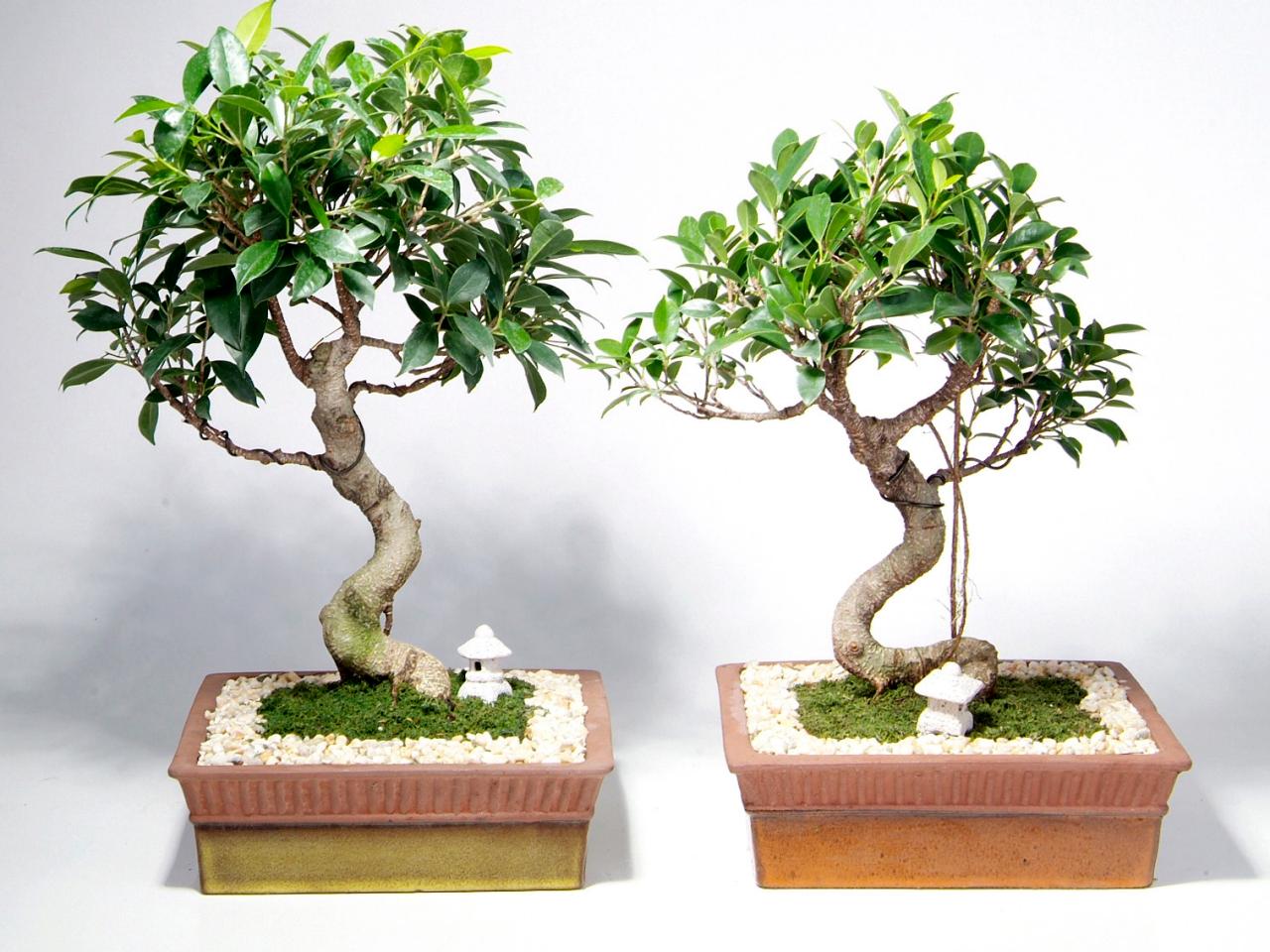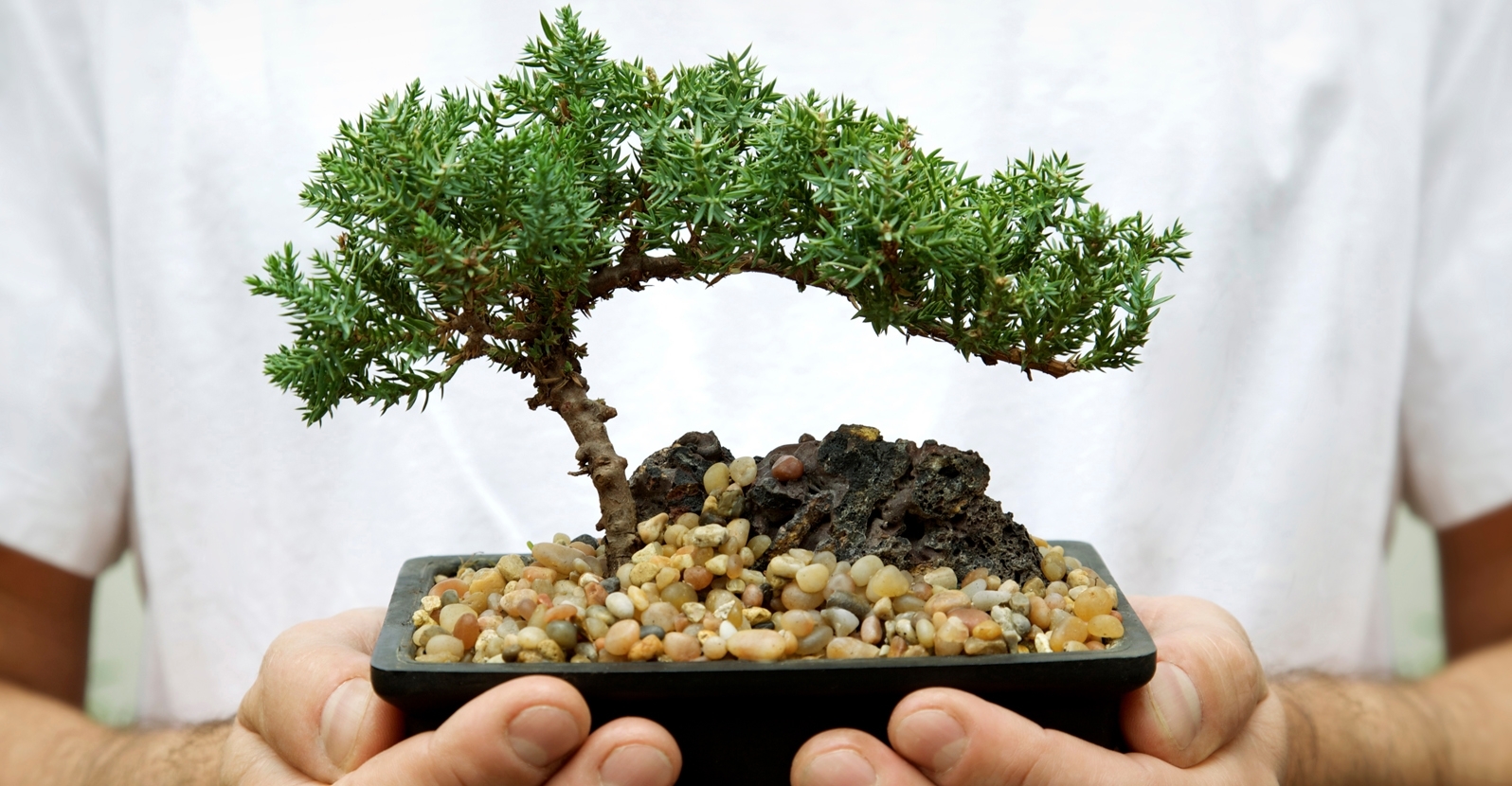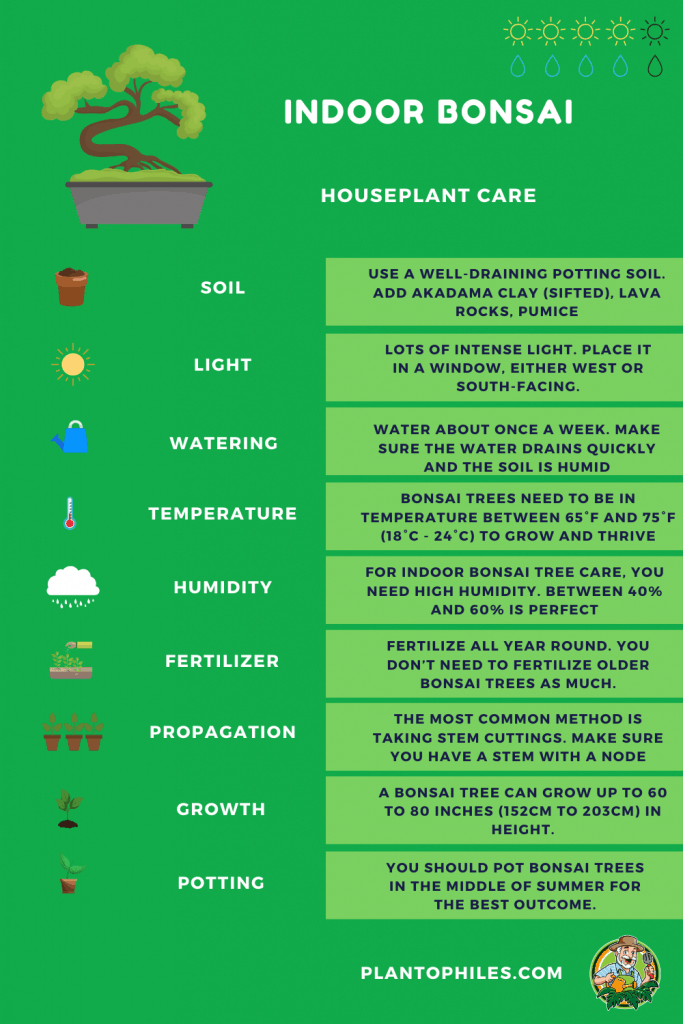Looking to add a touch of nature and tranquility to your home? Look no further than the art of bonsai. In our article, “Tips for Taking Care of Your Bonsai Tree,” we provide you with a wealth of information and strategies to help you become a bonsai expert. From selecting the perfect tree to nurturing it with the right techniques, our article covers everything you need to know about caring for your bonsai tree.
With insights from professionals and real-life examples, we aim to make this information both informative and enjoyable, ensuring that your bonsai tree flourishes in your care. So grab a cup of tea, sit back, and let us guide you through this captivating world of bonsai trees.
Tips for Taking Care of Your Bonsai Tree
Taking care of a bonsai tree requires time and dedication, but the rewards are definitely worth the effort. In this article, we will provide you with comprehensive tips and techniques to ensure the health and vitality of your bonsai tree. From choosing the right tree to protecting it from pests and diseases, we’ve got you covered.
Choosing the Right Bonsai Tree
When selecting a bonsai tree, it’s important to consider the species and its specific needs. Different varieties of bonsai trees have different growth patterns, light requirements, and water requirements. Some common bonsai tree species include juniper, maple, ficus, and pine. Research each species to determine which one is best suited for your environment and level of expertise.
Understanding Bonsai Tree Growth
Understanding the growth pattern of your bonsai tree is crucial for its care. Bonsai trees are miniaturized versions of full-sized trees and require regular pruning and shaping to maintain their desired form. Familiarize yourself with the growth habits of your particular species and learn how to encourage the growth of new branches and foliage.
Providing Adequate Lighting
Lighting is a key factor in the health and growth of your bonsai tree. Most indoor bonsai trees thrive in bright, indirect light. Placing your bonsai near a south-facing window is often the best option, as it provides ample sunlight throughout the day. If natural light is limited, you can also use artificial grow lights to supplement the lighting.
Watering Techniques
Watering your bonsai tree properly is essential for its survival. The frequency and amount of water needed will depend on various factors such as the species of the tree, the size of the pot, and the climate in which you live. As a general rule, it’s best to water your bonsai when the soil surface starts to feel slightly dry. Use a watering can with a fine nozzle to distribute water evenly and avoid overwatering.

Feeding Your Bonsai
To ensure the health and vibrancy of your bonsai tree, it’s important to provide it with regular feedings. Bonsai-specific fertilizers are available and should be applied according to the instructions on the packaging. During the growing season, which typically lasts from spring to autumn, fertilize your bonsai every two weeks. In the dormant season, reduce the frequency to once a month.
Pruning and Shaping
Pruning and shaping are crucial aspects of bonsai tree care. Regular pruning helps maintain the desired form and size of your bonsai tree, while shaping allows you to create unique and artistic designs. Use sharp bonsai shears to carefully trim back new growth, maintaining the overall balance and proportions of the tree. Pruning should be done during the growing season to minimize stress on the tree.

Wiring Techniques
Wiring is a technique used to manipulate the branches and trunk of your bonsai tree into the desired shape. Copper or aluminum wire is typically used, as it is flexible and gentle on the tree. Carefully wrap the wire around the branches, applying enough tension to guide the growth without causing damage. Be sure to regularly check the wire for any signs of cutting into the bark and remove it promptly if necessary.
Repotting Your Bonsai
Repotting your bonsai tree is necessary to refresh the soil and promote healthy root growth. Most bonsai trees should be repotted every 1-3 years, depending on the species and the size of the pot. During the repotting process, carefully remove the tree from its current pot, trim the roots, and place it in a new pot with fresh bonsai soil. Repotting should be done during the tree’s dormant period.

Protection from Pests and Diseases
Just like any other plants, bonsai trees are susceptible to pests and diseases. Common pests include aphids, scale insects, and spider mites. Regularly inspect your bonsai tree for any signs of infestation, such as sticky residue or distorted leaves, and take appropriate measures to eliminate the pests. Additionally, ensure proper ventilation and avoid overwatering to prevent fungal diseases.
Seasonal Care
Bonsai trees require different care during each season. In spring, focus on promoting new growth by fertilizing and pruning. Summer requires careful watering and protection from excessive heat. In autumn, prepare your bonsai for the dormant period by reducing fertilization and adjusting lighting conditions. Finally, in winter, protect your bonsai from freezing temperatures and minimize watering to prevent root rot.
Taking care of a bonsai tree is a rewarding and meditative experience. By following these tips and techniques, you will be well on your way to growing a healthy and beautiful bonsai tree. Remember to be patient and enjoy the process as you watch your bonsai thrive and flourish.

The Best-Kept Secrets of Ficus Bonsai Success: Tips and Tricks Revealed


